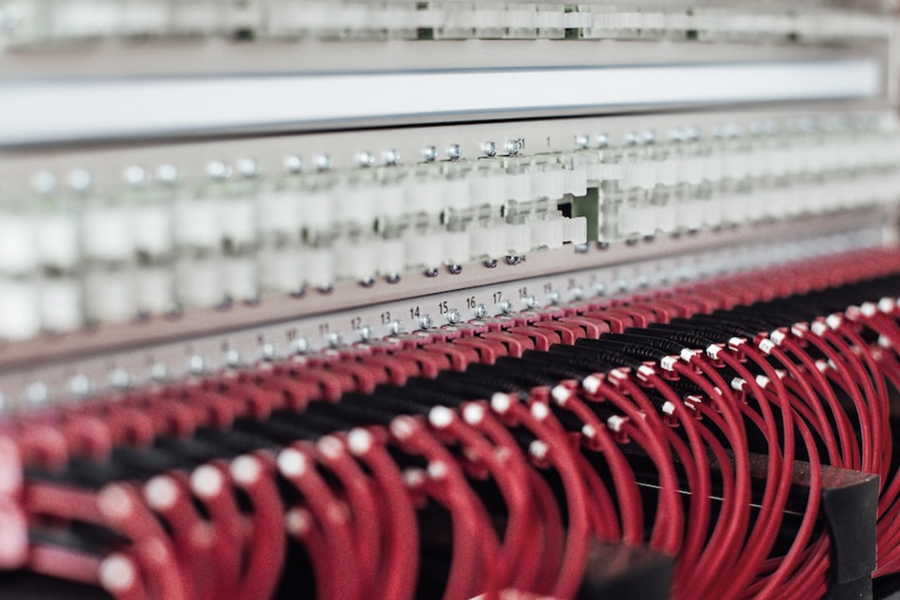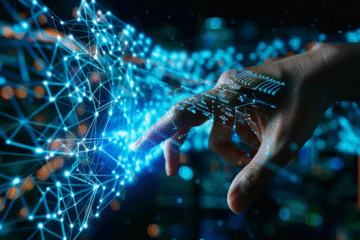Inside Optical Fiber Cables: A Deep Dive into Fiber Patch Cord Technology

Image Filename: data-cables
Image Alt Text: fiber patch cables
In today’s rapidly evolving digital landscape, the significance of fast, efficient, and reliable connectivity can’t be understated. At the heart of this connectivity revolution is optical fiber technology. This guest post delves deep into the intricacies of fiber patch cord technology, offering insights into their structure, functionality, and vital role in modern communication networks.
Structure of Fiber Patch Cords
Fiber patch cords, also known as fiber patch cables or optical jumper cables, are short lengths of optical fiber cabling fitted with connectors at either end. Here’s a brief overview of their structure:
- Core: At its most fundamental, an optical fiber consists of a thin strand of glass or plastic, known as the core, through which light signals are transmitted.
- Cladding: Surrounding the core is the cladding, a layer of material that reflects the light signals into the core, ensuring minimal signal loss.
- Buffer Coating: Protecting these layers is the buffer coating, a plastic covering that shields the fragile inner structures from damage.
Together, these components work in tandem to transmit data at the speed of light.
Functionality: How Fiber Patch Cords Work
Fiber patch cords play a crucial role in connecting optical equipment. Their primary function is to ensure that light signals are transmitted between devices with utmost efficiency. Here’s a simplified breakdown:
- Transmission: Data is first converted into light signals by a transmitter. This light travels through the core of the fiber patch cord.
- Guidance: The cladding ensures that the light remains within the core, reflecting any escaping signals inward and preventing data loss.
- Reception: At the other end, a receiver converts the light signals back into electronic data.
With advancements in technology, modern fiber patch cords can transmit vast amounts of data over long distances without significant signal degradation.
The Importance of Modern Networking
In the age of digital transformation, the demand for high-speed data transmission is paramount. Here’s why fiber patch cords are indispensable:
- High Bandwidth: They can handle large volumes of data, making them suitable for data centers, telecommunication networks, and high-resolution video streaming.
- Low Signal Loss: Optical fibers experience minimal signal loss over long distances compared to traditional copper cables. This ensures reliable and consistent data transmission.
- Security: Data transmitted through optical fibers is inherently more secure. It’s challenging to tap into a fiber line without physically accessing it, and any tampering disrupts the signal, making breaches easily detectable.
- Future-Proof: As demands for data continue to grow, fiber patch cords provide the scalability and flexibility required for future networking needs.

Looking for high-quality optical fiber cables? Fibermart can help you with that. The company is a leading provider of fiber optic cables and networking solutions. Whether you want to buy fiber optic pigtails or MPO trunk cables, they have it all. Contact them today and learn more about their offerings in detail.
Leave a reply
You must be logged in to post a comment.












